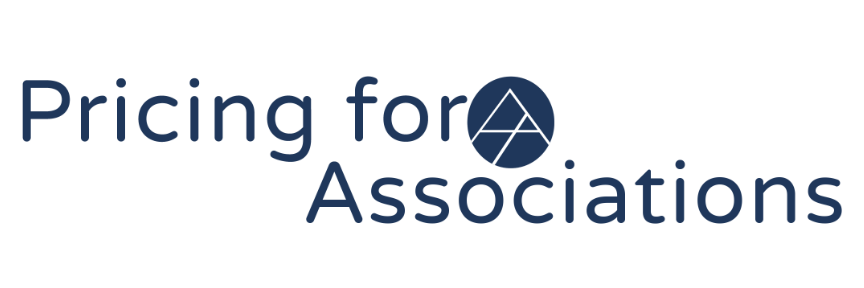How To Price A Sponsorship Package
One reader recently submitted this question “How do you price a sponsorship and what factors should be considered when coming up with the package price?”
This is a great question and we want to hit on a few things in order to give a proper answer.
The first thing that you need to determine internally is “What is your pricing metric?” A pricing metric is the unit against which you price and that's the primary lever of value for the person who is making the purchasing decision.
For sponsors, there could be a few different metrics that you pull from, and you might even use a hybrid of metrics across different components of their sponsorship package.
Examples of potential pricing metrics could include:
a. the number of leads that a sponsor acquires
b. the number of impressions on sponsored posts
c. the number of people in a sponsor session
d. the number of clicks on a sponsored call to action
e. the number of people who open a sponsored email
d. the number of places that a sponsor logo is visible
So there are many metrics that we can use, and determining the right one for your sponsor depends on them.
This moves us to the next component in deciding the price.
2. You need to understand your sponsors’ marketing objectives and what their goal is. This takes conversation and relationship.
Are they looking for leads?
Are they looking for visibility?
Are they looking to position themselves as thought leaders?
Are they looking to partner based on shared values with your association and their organization and your members and sponsor certain functions or events that show the collaboration and intention of those values?
By understanding the marketing objectives of your sponsor, you can hone in on what metrics matter most and then price and value sell sponsorship packages based on those metrics.
Not all metrics are quantifiable. Quantitative value propositions are the easiest to execute upon.
It is very easy to say we will get you 100 leads or we will put you in front of 30,000 members and deliver upon that. What's harder is qualitative value propositions. To say that, we will help our members see that you care about this initiative, whether it's certification, or diversity, equity, and inclusion, or accessibility, or equity among wage gaps within the industry. Of course, they can sponsor research, or luncheons, or other educational initiatives that advance those values-based initiatives.
But it's not as cut and dry as a quantitative number of leads or impressions or exposure. Regardless, you need to quantify and qualify whatever they are looking for, and say we can do this for you, and then this is the price.
Once you have the right metrics, and the right marketing objectives for those metrics, you can determine how much you will do for them. And then based on the number of metrics or the number of impressions, you can then set a price for that bundle. Your internal team might say that if they were running social media ads, and expected someone to click through on the ad, and move through the call to action to a sales page, or a page for more information that they would spend $1.25 per click.
If you are promising your sponsors that you would get them 500 You would click-throughs over the course of a conference cycle, you might use that individual metric and determine that the value is, therefore, $625 for that individual component of the sponsorship package.
You could also determine that it's higher because depending on how well the ads are ran, they may or may not be as qualified of a lead as what you were providing because you already have a degree of knowledge of who the people are that are in your database, that they work within the industry, and that the solution that the sponsor provides is a very good fit.
3. Another way to determine the price might be to determine average conversion rates.
If your sponsor provides a solution that is normally $10,000. And you have an idea that they make about $4,000 in profits, and that by them being at your conference, they typically make 10 new sales, which means that they are set to have $40,000 in profit by being at your events. And you can then say that your piece of that pie might be 5% or 10%. So you might say that it will cost $2,000 or $4,000 just to be at the event because you know the value of the sales that they will make.
What we are working towards is a direct correlation between the return on investment that your sponsors will be getting tied into the value that you are providing, and therefore what piece of the pie is your price or revenue share.
What this process enables is for you to use value-based marketing and value-based selling to market and sell the value of the sponsorship packages that you are creating because they are directly aligned with the types of marketing objectives that your potential vendors will be looking for, and you can then use value-based pricing to capture your share of the profits that they anticipate making by being a sponsor of your organization.


